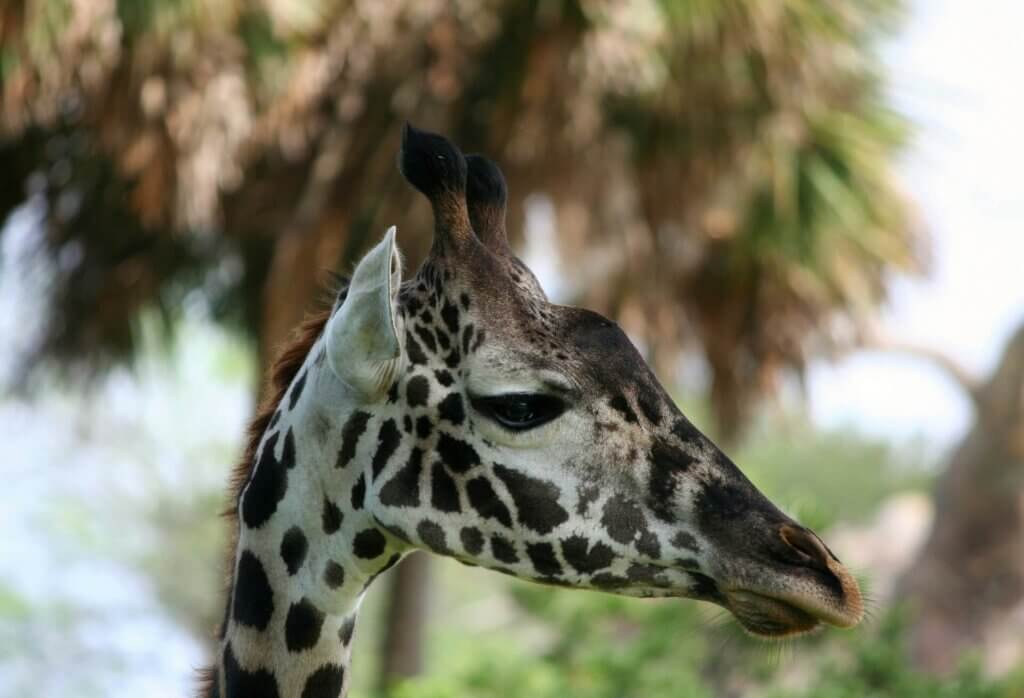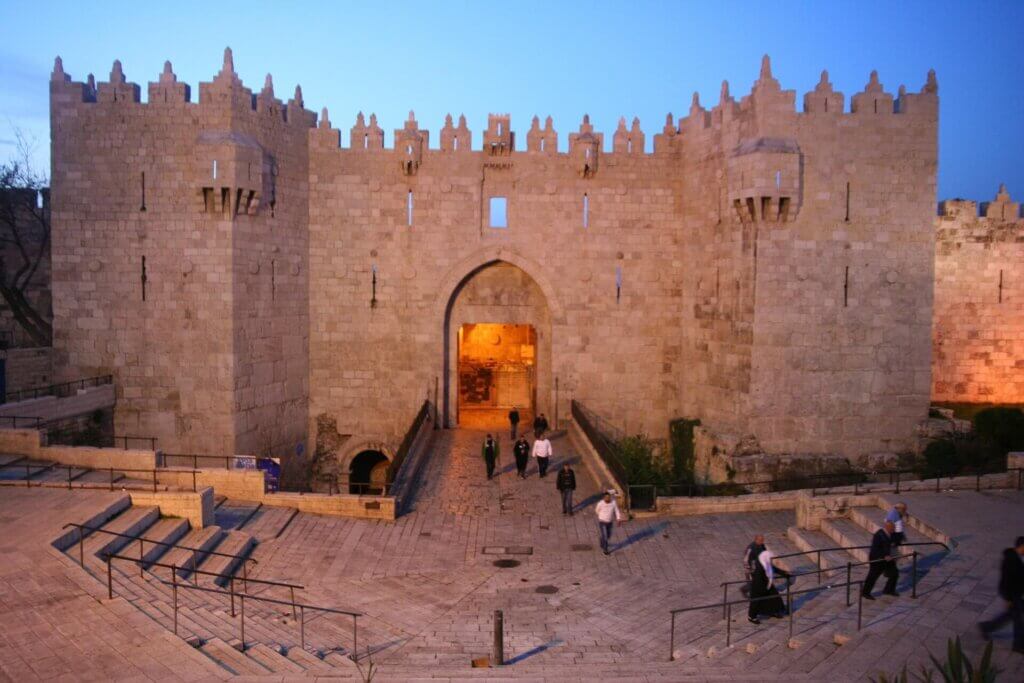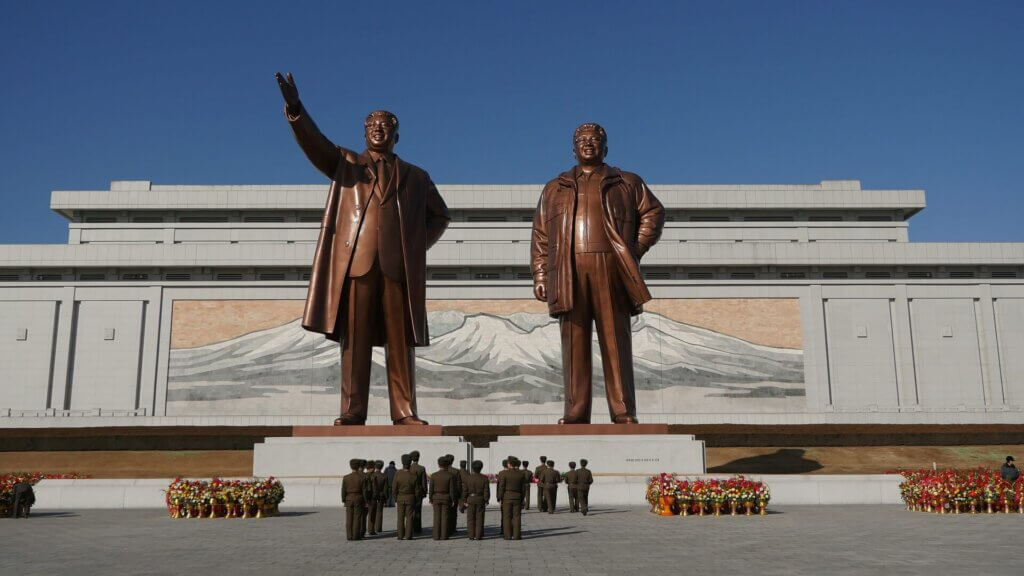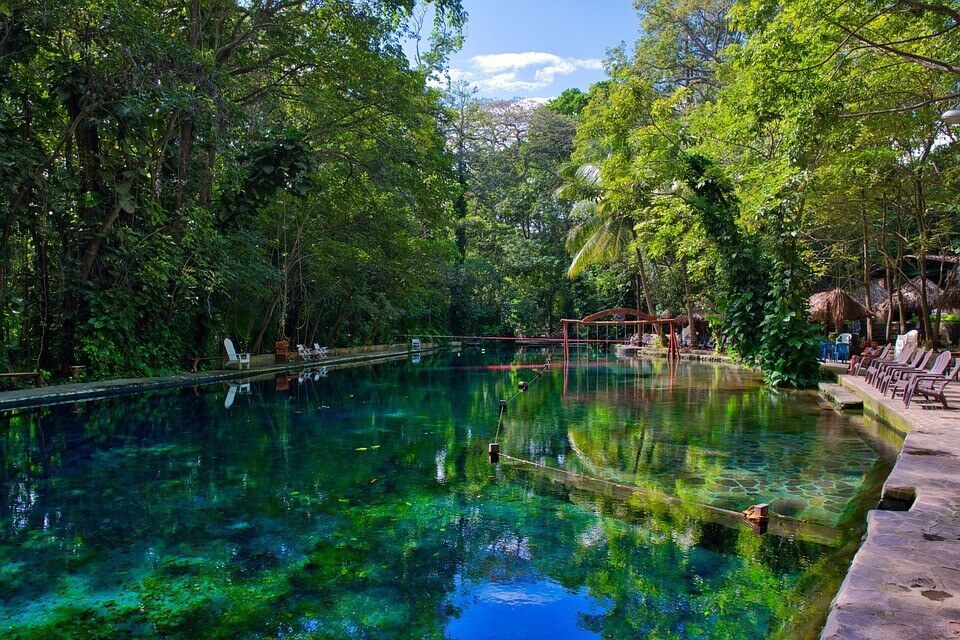Currently, pandemic aside, there are places that for a number of reasons are not so easy to travel. And in some cases close to impossible.
It’s those places that might look like black holes on the map. And that for reasons ranging from the political, the social, conflicts or others, they practically do not receive tourism.
In this post we will review some of these sites that, although we are curious, will hardly be on our agenda in the short / medium term.
Somalia
The endless conflict facing this country, in which military warlords control large areas of territory, makes it quite difficult to access this east African nation.
It is a country where violence is so widespread that you are allowed to carry weapons and at the airport you will only be asked what weapon you are carrying. This so that you can protect yourself, which no one else will do.
Syria
We visited Syria in 2006, but the dreadful multilateral war that has torn this nation to the ground since 2011, makes it virtually impossible to travel to this country, where, by the way, are the roots of our family. We have relatives there who prevent us from going.
Damascus and Aleppo, true architectural precious, have been hidden, and even destroyed in the case of Aleppo, by this war where various terrorist groups, world powers and factions in conflict within Syria itself bleed this country of ancient history.
North Korea
The tightly controlled tourism to North Korea does not allow you to know the true face of that country. The few tour operators are forced to take tourists to the same places, which look like more film sets showing happy people under kim jong-un un’s protective cloak.
Aside from the monuments to the over-the-top personality cult of the Supreme Leader (as he calls himself), there isn’t much to see in this nation, the most isolated in the world.
Among other things, you can’t take pictures or videos but on these film sets. Contravening the limitations imposed on the visitor can lead to long prison sentences.
Turkmenistan
From the outset, the bureaucratic process to get a visa for Turkmenistan is enough to discourage anyone. All citizens of any country are required to have a visa.
If you can make it to get through the bureaucratic hurdle, you’ll see the capital, Achgabat, which contains a virtually uninhabited district with buildings made of marble and gold statues of the self-proclaimed president for life.
It is like a ghost town made for propaganda and use by the ruling class. If you drive through the area with the dirty car, the police can stop you and force you to wash it.
Although there are certain places, such as the Hell’s Hole (a crater on fire since 1971) that we would like to visit, I think it won’t be in the medium term.
Equatorial Guinea
Dictatorial country, rich in oil and curiously the main official language is Spanish, but whose wealth is very unevenly distributed, has a reputation for not liking tourists too much. It seems that xenophobia is widespread.
The current president, Teodoro Obiang, has been in power since 1979 and rules the country with an iron hand, denying most of the population basic services. No wonder tourism infrastructure is scarce and poor.
Libya
Libya is a country in anarchy after Gaddafi’s death. Libya has been in open or dormant civil war for the past decade. Like other conflict zones.
Libya is not currently a tourist destination, not least because the safety of the traveller is in no way guaranteed.
Afghanistan
Despite Afghanistan struggling to establish normalcy, armed conflicts persist in the interior and attacks in the capital, making traveling to that country on a tourism plan a bad idea.
Marshall Islands
It has become an exclusive tourist destination only within reach of the most affluent. Luxury tourism has made these islands so expensive that they are one of the most expensive countries in the world.
Moreover, it appears that the air in this area is unusually high in radiation due to the numerous nuclear tests conducted by the United States in the 1940s and 1950s.
Nauru
The smallest country in the world (outside the Vatican) boasts very high flight prices, high cost of living and difficulty getting to it.
Outside the beaches, there isn’t much to see. So we don’t think it might be on our travel list.
Nicaragua
Political violence in Nicaragua also discourages tourism. In recent years, massive protests and student deaths have kept this country on the red list of many tourists, despite its remarkable natural beauties.
Honduras
Honduras has been characterized as one of the most violent nations in the world. The United States has imposed restrictions on its citizens to travel to this country. Drug trafficking is rampant throughout this Central American nation.
The poverty of its population has led to caravans of migrants seeking to reach the United States.
Conclusions
Although all these countries receive a certain number of visitors a year, most of them are journalists who take risks to take a look at what is happening in these parts of the world.
And in many cases, many of these journalists have disappeared without the authorities of those countries taking responsibility.
All these countries have in common that they are frequently denounced as constant human rights abusers.
Although we would like to know the culture that many of them offer, we do not see it likely in the medium term that we are visiting them.






